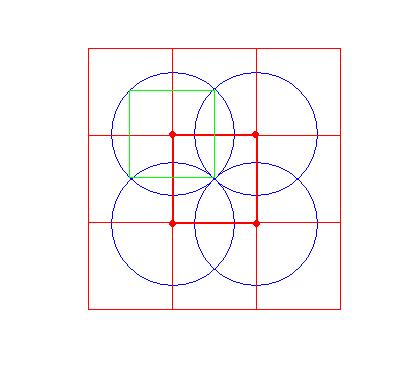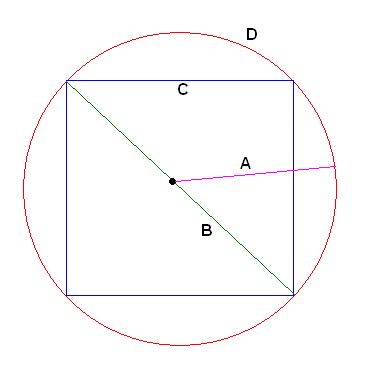Fennecs can be detected by a trap within 1000 coords of a herd. They can be captured with a trap withing 250 coords. When setting up traps, you may want to start with a grid 1000 coords apart and narrow in as signs are found. Signs of the fennecs (or a captured fennec) can be found after 4am Egypt time.
Another option for finding fennecs is, using a fairly finely graded grid of traps (the public ones listed below are good for this), is to search until you've started finding signs of fennecs. Once you've found signs, head back out until you've found two traps in the same column or row that are both empty and have signs between them. For example, the trap at (100, 4500) is clean, the trap at (100, 5100) is clean, but the traps between them show signs of fennecs. Since fennec packs run over territory defined by a circle with a diameter of 1000 coordinates, you've found a chord through that circle with a length of the difference between the two changing coordinates. In our previous example, we would have a chord length of (5100 - 4500), or 600 coordinates. We also know, from the definition of circles, that the diameter of the circle passes through the center of the circle and the center of the chord we just found. In our previous example, this means that the center of the circle is somewhere on the line (x, 4800). We now have a right triangle defined by the intersection of this diameter and the chord, an endpoint of the chord, and the center of the circle. By the Pythagorean Theorum, we get a length of (length of diameter)▓ + (1/2 * chord length)▓ = 1000▓. In our previous example, that would give us a length of ~950. which would mean that the center of the circle would either be ~(-850, 4800) or (1050, 4800).
Optimal Placement for Fennec Traps:
You need to be within 1000 coordinates to detect a fennec spot. Now, you want to guarantee you don't miss a spawn, while using the smallest amount of rope possible. Since the detection area is circular (with radius 1000 coordinates), you traps should be placed as in the diagram below, at the centers of the blue circles. This interlocking tiling of circles also defines a grid constructed by connecting the centers of the circles (red squares). These squares are identical in size to an inscribed square (in green).
To determine the distance between traps, take what we know to figure out the spacing. The circle (D) has radius (A) 1000 coordinates, thus diameter 2000 coordinates (B). B is also the length of the square's diagonal - it's a right triangle, so if the side is size S, the diagonal is size sqrt(2)*S, which equals 2000. Solving for S we get slightly over 1414. Thus we should place our traps in a 1400 coordinate grid to detect fennecs. To catch fennecs, we have the same argument, but scaled down by a factor of 4 (we need to be within 250 coordinates). Thus to guarantee capture, we need to place our traps 353 coordinates apart.
See also
Public fennec traps are very useful to help more egyptian hunters capture the fennecs, as it is very difficult for one person to check all their traps every Egyptian day. By cooperating and keeping the traps public, there will more available for more folks who might be out wandering (cicadas, acro, ibis hunting, etc) allowing us all to learn more where the fennecs live.

